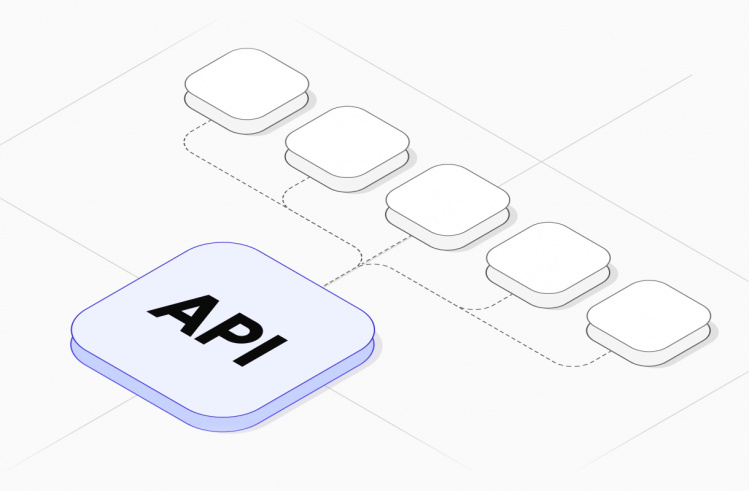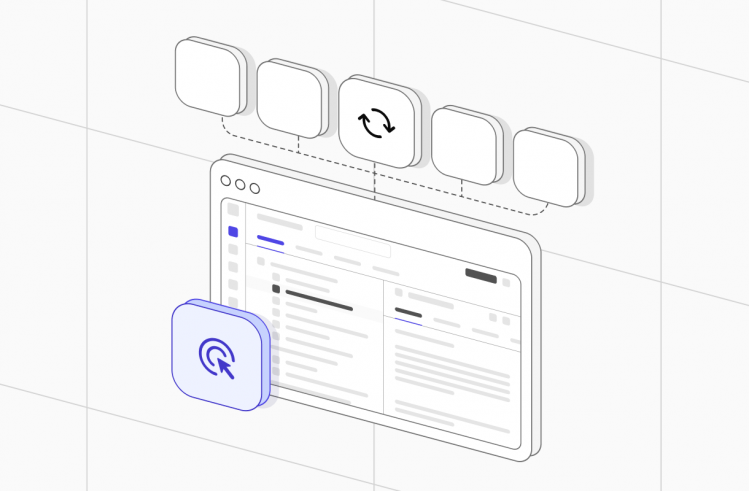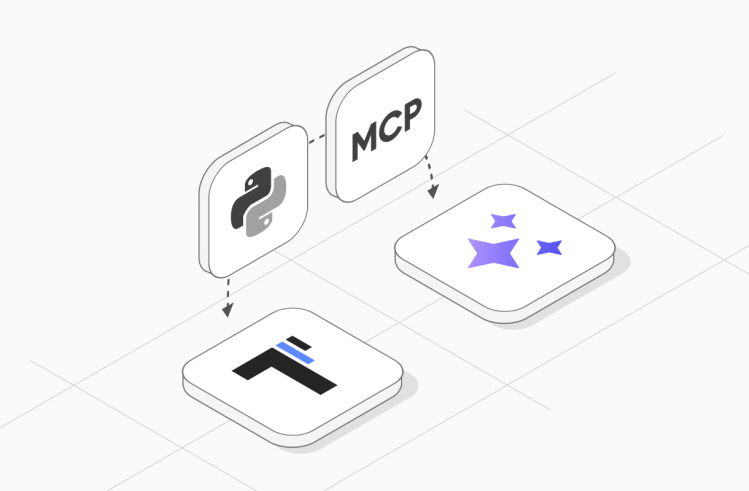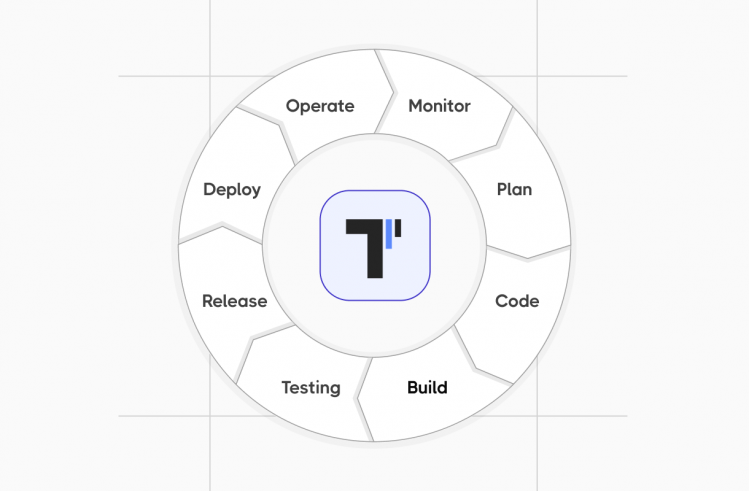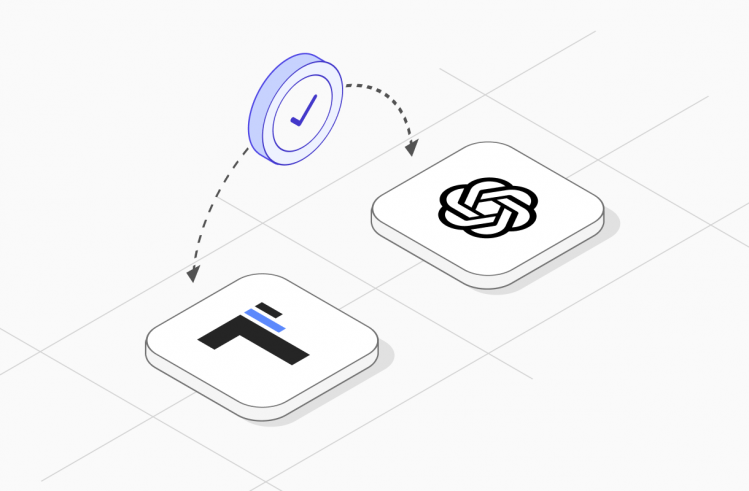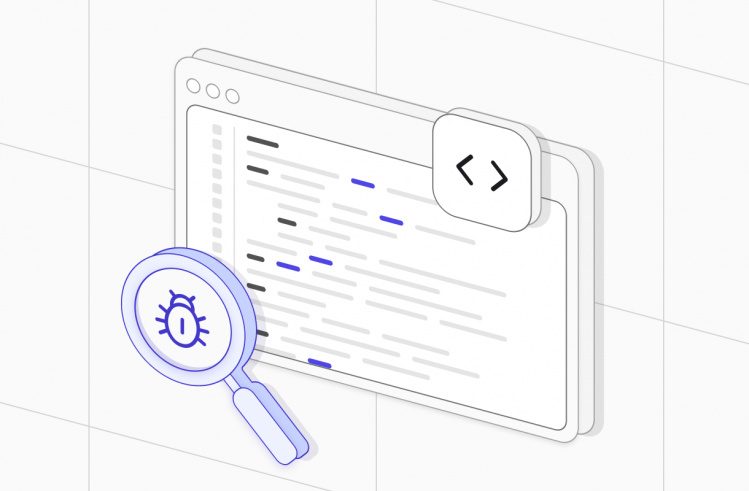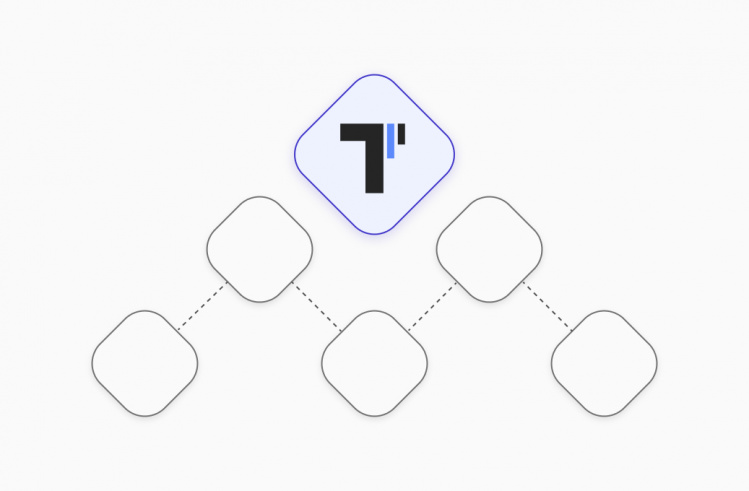One of the main tasks of today’s Agile IT teams is to bring specialists of all disciplines together to work on a project. To accelerate the release of a quality software product on the market, testers must be able to promptly communicate to developers information on detected bugs and supervise their correction. It is also a priority to involve the PO (Product Owner), PM(Project Manager) and BA (Business Analyst) in software creation.
You may also be interested in the following post:
To implement the above, many development teams, especially distributed teams prefer combining digital product creation, testing, and work management into one familiar interface. Because of its popularity, the Agile project management software Jira — is often such a tool.
So why do Agile teams so often choose Jira for project management? There are several reasons:
- Extensive integration capabilities. The system supports integration with thousands of third-party tools. Each team can choose the one used by its individual specialists. This allows designers, developers, testers, and others to work together on a project without switching between different interfaces.
- Robust reports are built into this project management tool. Jira offers users in-depth real-time analytics, dashboards with gadgets, and various reports that inform about the status and progress of the project.
- Scrum and Kanban project boards. With Jira, it’s easy to visualize your workflow and break your project into smaller tasks to easily follow your work plan.
- Quality support and constant updates. Atlassian developers are constantly trying to make their product better. To do this, they regularly add new functionality to it. For example, comparatively recently, Jira has been able to display the results of a burnout report on the board, which allows you to solve problems faster.
Since Jira is not only suitable for project management, it is important to mention why many teams prefer to use this software for testing as well.
Advantages of Jira for Test Management
Although Jira is primarily a project management tool, you can also use it for manual test cases. This brings some advantages for teams:
- Create test cases as Jira Issues or User Stories. If a test case has been created, all you have to do is to generate the Test Run subtask and run the test.
- Use a single space for development, testing and managing projects. Software development teams, testers, and business representatives can collaborate in the system.
- Generate robust reports that are built into this project management tool. Jira offers users in-depth real-time analytics, dashboards with gadgets, and various reports that provide information on project work status and progress.
- Save your budget. If your company has already purchased this project management software and uses it for development and task management, you can avoid the expense of buying an additional software product.
- Use Scrum and Kanban project boards. With Jira, it’s easy to visualize your workflow and break down your project into smaller tasks to easily follow the outlined work plan.
If manual testing is not enough for you, you can use the integration capabilities implemented in the agile project management tool Jira. The product easily integrates with third-party software, including popular test management systems such as testomat.io, TestRail, and XRay.
Why Should You Look For Jira Alternatives?
Although there are certain benefits to using project management software for testing that can be associated with some issues:
- The program does not implement specific functions for testing, as stated by the developers themselves. For example, if you need to re-run a test run, you can not do so. After all, all User Stories in Jira are marked as Done by default after testing is completed. Those that act as test cases are no exception.
- The need for integration with test environments to handle automated test cases. Jira was not designed as test management software, so it must be integrated with TMS for test automation.
- Lack of some work reports, including test case coverage report, inter-task traceability report, and test case coverage.
In addition, Jira has general shortcomings unrelated to testing that cause users to look for alternatives to it:
- Expensive plans. The project management tool offers users a free plan but limits the number of users (up to 10 people) and available memory (2 GB). These parameters can rarely satisfy the needs of modern software teams, so they have to switch to paid packages. According to the users, their cost is unreasonably high, from $7.75 per user per month. This pricing policy makes Jira unaffordable for small companies and startups.
- Complicated interface. Jira is a relatively flexible project-tracking software that allows you to customize workflows to specific team priorities. However, everyone who has tried the setup process notes that it is pretty cumbersome. The entire interface has long been considered outdated and inconvenient for everyday use. In addition, learning the functionality of this system takes too much time.
- No support for multiple assignees. The tool does not allow more than one person to work on a task. The rest of the team members become bystanders; they can add comments and work with Jira Issues, but nothing more.
- Focus on software developers. Jira was originally designed specifically for development teams, so QA testers have to integrate it with third-party test management tools to expand the available functionality. Because many progressive and easier-to-use platforms exist in today’s software market, even developers are increasingly looking for alternatives among Jira competitors.
Best Jira Alternatives: Project Management Software Worth Trying
Nobody doubts that Jira is a powerful solution for modern Agile project management, also widely used by QA teams as we mentioned before. But still, we recommend paying attention to TOP Jira alternatives, which will cope with the tasks just as well as a popular project management tool.
YouTrack
YouTrack is one of the modern project management tools that can improve team collaboration, streamline workflow, and increase productivity. It is a universal solution that allows you to manage projects regardless of size: perform software development, manage workflow and personnel, and engage in marketing.
Let’s discuss the capabilities of the platform in more detail 👇
Streamline project collaboration. The digital solution features an intuitive interface that facilitates easy collaboration between team members and different teams. The variety of features in the tool also helps: add mentions, reactions, and the ability to subscribe to updates and receive notifications. All this allows you to always be aware of the current state of affairs in the project and contribute to its development.
- Manage workflows. With YouTrack, users can make, organize tasks and monitor their progress throughout the entire lifecycle. In addition, the platform reduces the time spent on repetitive tasks by automating as many processes as possible.
- Use built-in Agile boards. YouTrack is a great alternative to Jira for teams using agile practices. Platform users can choose pre-installed Scrum or Kanban boards and create a customized work-tracking tool.
- Create a vast knowledge base. The program allows you to structure all existing information about the project and provide access to it in one place, a common knowledge base. All team members have access to the creation of base materials and discuss them with other users. You can use @UserName format mentions and notifications for effective communication.
- Plan your work. The tool’s functionality allows you to set priorities, plan sprints, track the project’s status and make realistic forecasts.
- Generate the necessary reporting. YouTrack offers customers 20 built-in custom reports to track progress and perform in-depth analysis on various performance metrics. Use the dashboard and time tracking features to get a complete picture of the project status.
- Use the system’s wide-ranging integration capabilities. The program easily integrates with third-party software, including TMS; you can manage testing in an environment familiar to the entire team.
The developers offer a free YouTrack plan to a team of 1-10 participants. The rest are offered a paid plan, which costs $3.67 per user per month.
Linear
Linear is a platform whose creators position it as a modern solution. The program combines an easy-to-use user interface and high performance for a better digital product creation experience. This project management software is suitable for innovative startups and large established companies. The tool provides users with many features:
- Experience the ease of use of the platform. Linear has keyboard shortcuts for invoking commands, a command line to perform the desired action in one click, and real-time synchronization.
- Keep track of problems and work with all project members to fix them. The software allows you to break down large-scale tasks into smaller ones, determine the progress of their implementation, filter out only the relevant ones, and discuss the work on the project with the team.
- Manage multiple projects and monitor their progress. Use Linear to organize collaboration between multiple teams or departments, create project specifications, use roadmaps to organize projects, and track the speed and progress of work.
- Use a broader range of external integrations than many other tools offer. This online project management software can integrate with many external services:
→ GitHub and GitLab. Synchronize inclusion requests with problems.
→ Slack and Discord. Create tasks and alerts for team members.
→ Sentry. Automatically create tasks from code exceptions.
→ Airbyte. Synchronize with external storage and databases.
→ Front, Intercom, Zendesk. Keep in touch with users.
→ Figma. Add design files to tasks.
→ TestLodge, Testmo and other TMS. Organize effective test management.
Linear offers a free plan with a minimal set of features and a paid version; you have to pay starting at $8 per user per month.
Sentryio
Sentry.io is project management software actively used to track team performance. This product started as a startup and, in a few years, has turned into one of the TOP Jira alternatives. This would not have been possible without the wide possibilities the tool offers to its users:
- Get up-to-date information that will be useful for your project. With Sentry.io, you’ll receive bug fixes, event notifications, and access to live streaming from the platform team.
- Use stack trace to monitor the performance of your digital solution. The easy-to-use error filtering system and stack parameters will help.
- Get information about what events caused the errors. This can simplify the development process.
- Compare versions and see clearly which errors have been fixed and which have just appeared.
- Use the monitoring panel to visualize the progress of your work.
Developers who work independently can expect to use Sentry.io for free. Regardless of their size, teams can choose the best plan. Depending on the features available, it can cost a company $26 or $80. Larger organizations can discuss plans on a case-by-case basis.
Backlog
Backlog is a versatile tool for Agile project management, creating and monitoring daily tasks, software development, and bug management. It is a cloud-based collaboration software that simplifies workflow and is suitable for working on small and large projects.
By choosing Backlog, users can appreciate its wide range of features:
- Plan your work and monitor your team’s progress in one click. Project management tool allows you to use Gantt Charts, Burndown charts, and boards for effective task management.
- Customize the system to the needs of your project. Create parent and child tasks, custom fields, and task templates. With Backlog, your project work will be structured and clear.
- Maintain close communication with your team. You can track all updates, leave comments, and send notifications about changes to the specialists. Another plus is the ability to automatically create tasks by e-mail.
- Manage your code. Git and SVN repositories are built into the tool to easily track and manage code changes.
- Use Backlog for document management. Make project information available to all team members by adding it to a shared knowledge base. You can also manage user access to files.
Backlog has a free version for small projects with up to 10 people. Larger companies can choose paid plans which range from $35 (for up to 30 users) to $175 (for teams of all sizes). Backlog also offers a free trial for each of these packages.
GitHub
GitHub is a tool primarily used as a code repository and for bug tracking but can also act as an alternative to Jira for project management. The platform lets you plan projects and track their progress in real-time. Among its functions are creating new issues, dividing them into smaller tasks, customization, visualization, and process automation. We’ll discuss the system’s features in more detail below.
- Create a project in a few clicks. Click Create Project, give it a name and description, and then use a template or create custom fields for tables with workflow steps.
- Use automatic triggers for task management. The principle behind this online project management software is to set up triggers that will automatically create a task and place it in the appropriate table column. Any action of project participants, such as creating a pull request, can be a trigger.
- Apply milestones for comprehensive issue tracking and pull request monitoring. When a milestone is created, it will automatically provide a due date for related issues or requests. Users can also arrange tasks by priority level and analyze their progress.
- Provide information about the project on the Wiki. Post project data to the repository and allow everyone to contribute to your project.
- Supplement GitHub with hundreds of app integrations: Slack, Asana, ZenHub, and other tools.
GitHub will cost users from $44 to $231 per year per team member. However, the developer offers a free trial and a free basic plan with limited functionality.
Azure DevOps
Azure DevOps is a toolkit ideal for project management, portfolio management, code management, build execution, digital product deployment, and launch testing. This software solution is designed for team collaboration of all project participants: developers, QA specialists, project and product managers, and business analysts. They can benefit from a wide range of Azure DevOps capabilities to manage the Agile process:
- Manage user access, rights, and permissions. Users who join Azure Active Directory (AD) have standard access and permissions. Once assigned to teams, the administrator grants them access that is appropriate to their job responsibilities. The software provides the ability to invite third-party guests to project collaboration simply by entering their e-mail addresses. Another feature is organizing project participants into groups or teams and setting up common permissions.
- Implement the processes that are closest to your company. Azure DevOps supports four processes: Basic, Scrum, Agile, and CMMI (Capability Maturity Model Integration). The categories of each available process are displayed on the boards, but users also have access to customization options.
- Plan and track the progress of the project and the completion of each task. To implement this feature in the tool, there are:
→ Journals of unfinished work.
→ Boards with work items.
→ Iteration paths with time-tracking capabilities.
→ Areas for splitting up work and are especially useful for working on large-scale projects.
→ Customized monitoring dashboards.
→ Analytical reports, including various charts to visualize results. - Control code versions in the Azure repository. You can control code changes made by each developer, merge them, test them, and publish them. Two control methods are available to users: Team Foundation Version Control and Git.
The first five project participants can use the software for free. Others can choose one of two plans: $6 or $52 per month per person. To decide on a plan, you can use a free trial.
ClickUp
ClickUp is a versatile tool for project management, engineering, marketing, design, finance, HR, and software development. It is designed for teams of any size and allows you to replace many digital solutions for project work. Let’s talk about ClickUp as a Jira alternative for software development teams:
- Plan and track your agile project in any available formats: List, Box, Gantt, Board, Calendar, or create your own workflow based on one of 10+ project templates.
- Work on a project collaboratively. You can add comments to tasks and documents, communicate online, send attachments, and set up notifications of critical events in ClickUp.
- Make your custom workflows transparent and easy to track with dashboards with visual widgets and time tracking.
- Structure your tasks and always know what you need to work on first. Mind maps, checklists, task dependencies, priorities, and statuses can help.
- Keep all information about the project in one place. System users can create wikis, and knowledge bases, edit existing documents and leave comments on them.
- Synchronize ClickUp with third-party tools that your team uses. These include Timely, Dropbox, OneDrive, Figma, and many others.
ClickUp is free for personal use. Companies can choose from available paid plans. Corporate use will cost from $5 per member per month.
Monday.com
Monday.com is another platform that is popular with users because of its multitasking capability. Like ClickUp, you can use it for software development, marketing and sales, design, HR, and project and task management. Let’s take a look at its capabilities in this area:
- Visualize the state of your project with Scrum and Kanban boards. These agile tools allow you to track multiple projects in parallel without getting confused.
- Make project information available to all team members thanks to built-in file management features.
- Integrate Monday with other services you use. Do it in a single click, thanks to numerous APIs.
- Create automated workflows. Your team can focus on more important tasks without being distracted by manual workflows.
- Appreciate the tool’s user-friendly interface, which features animated elements, pop-up text, and color highlighting for intuitive content.
Monday.com offers many different pricing plans. A team of two people can work on the platform for free. The rest can choose from four paid packages, which start at $8 per user per month.
Pivotal Tracker
Pivotal Tracker is a project management software that facilitates excellent communication within the team and increases the speed of digital product development. Thanks to its intuitive interface and advanced features, it is often chosen for the work of Agile teams:
- Use “tracking stories” to organize your projects. This is a unique feature of Pivotal Tracker that allows you to monitor the progress of your project even if you change the priority of your tasks.
- Create a new project based on in-built templates. This significantly saves the time it takes to prepare a project for launch.
- Split projects into fragments. Combined with the ability to prioritize the execution of each fragment, it helps to keep a steady pace of work.
- Add notes and files for everyone to access project information.
- Scan project status in real-time. With this feature of Pivotal Tracker, you will always have up-to-date data regarding the team’s progress.
- Integrate the tool with third-party platforms for convenient work for all participants. It can be synchronized with Slack, GitHub, Timely, and other software.
Choose a free basic plan for small teams of up to five people or a paid one. The platform offers flexible plans starting at $10 per user per month.
If your Jira doesn’t meet your company’s needs, we recommend paying attention to the best alternatives to this project management software discussed in this article. Each has useful features that allow you to speed up the development process and improve the quality of your code and, as a result, the finished product.


